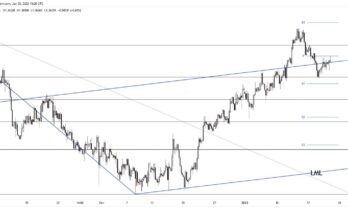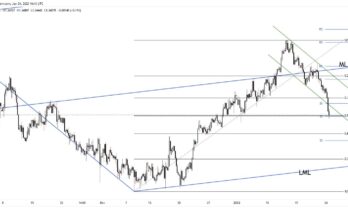It is a truth universally acknowledged, that a currency in possession of a strong performance record must be in want of a correction. The US dollar is starting the week on a sharply weaker footing after Friday’s non-farm payrolls report confirmed what many had begun to suspect – growth in the world’s largest economy slowed during the first quarter.
With industrial production under water, durable goods orders down, and retail spending numbers flat, it is clear that the American growth engine machine has lost momentum, weakening the case for monetary tightening in the months to come.
That being said, it is important to remember that high-frequency non-farm payrolls reports are noisier than Game of Thrones episodes – and can be a lot less revealing. After a string of prints above the 200,000 mark, one disappointment does not a trend make. Housing, consumer confidence, and initial jobless claims are all pointing to a spring thaw, and in the event that the next report returns to form, Federal Reserve policymakers could ultimately look through Friday’s number to begin pushing interest rates higher.
Giving tactical hedgers a much-needed reprieve, Europe’s shared currency is grinding higher as the economic bloc generates a massive external surplus and outperforms its American counterpart. With Greece poised to make a critical debt repayment this week, the prospect of a resolution to the country’s funding problem is also helping to boost the exchange rate higher.
After losing more than ten percent of its value in the first quarter, this correction was long overdue – but may be short-lived in nature. According to data released by the Commodity Futures Trading Commission on Friday, long positions on the dollar fell last week, but net shorts on the euro hit another record high as investors bet that the current divergence in monetary policy paths would continue to push the currency toward par. Today’s move appears to lack conviction, with the rate moving only slightly higher in holiday-thinned trading.
Here in Canada, the loonie is holding territory gained after Friday’s disappointing employment report. Again, this may be a temporary phenomenon – with demand growth ebbing in the United States, chances of a smooth rebalancing in the Canadian economy are growing more distant. As was evidenced in last week’s trade balance report, non-energy exports are dropping while housing market activity is slowing. These fundamentals are likely to intersect with falling oil prices to weigh on the Canadian jobs number due to be released on the 10th, and could put markets into a bearish stance ahead of the Bank of Canada’s meeting on April 15th.
On the other side of the Pacific, the Australian dollar is weakening ahead of the central bank meeting scheduled for tomorrow. Market participants widely expect the Reserve Bank of Australia to cut the benchmark rate by another quarter-point, as policymakers struggle to stabilize an economy that is suffering from withdrawal symptoms. With the commodity supercycle coming to a crashing end, and iron ore prices hitting record lows, the Aussie appears destined for lower levels.
In short, today’s market movements more closely resemble corrections than true trend reversals, meaning that market participants should consider harnessing the opportunity to enter positions at levels that might not be otherwise achievable.
In this week’s podcast, we feature an Interview with FXStreet President Francesc Riverola on the industry, volatility and more
Subscribe to Market Movers on iTunes



